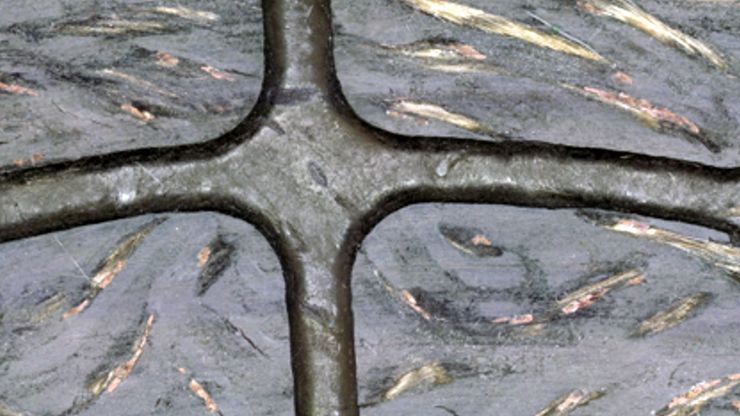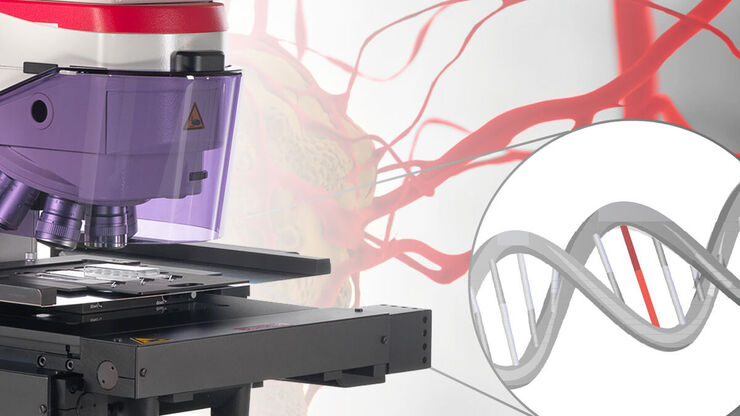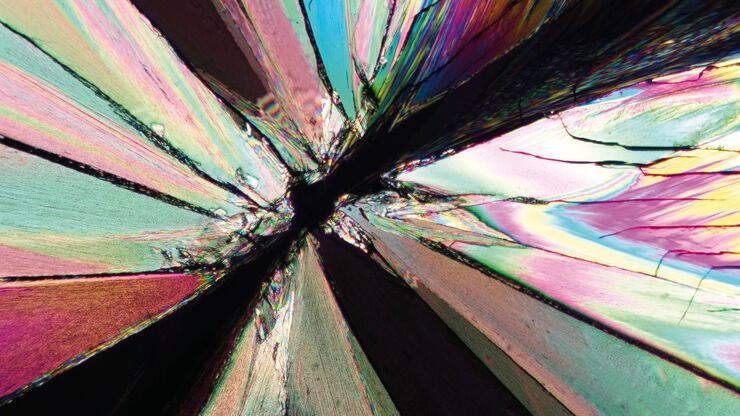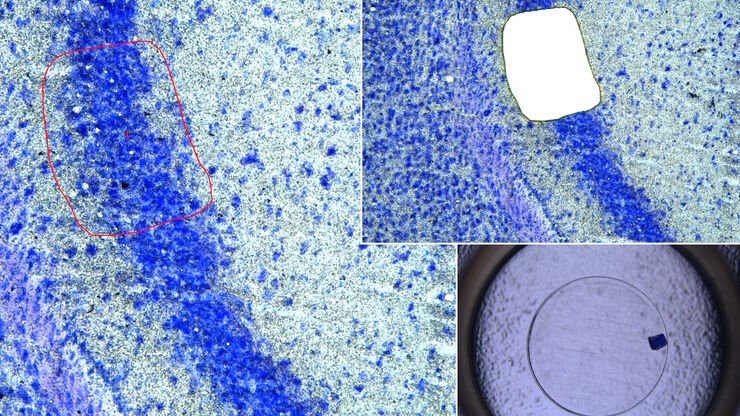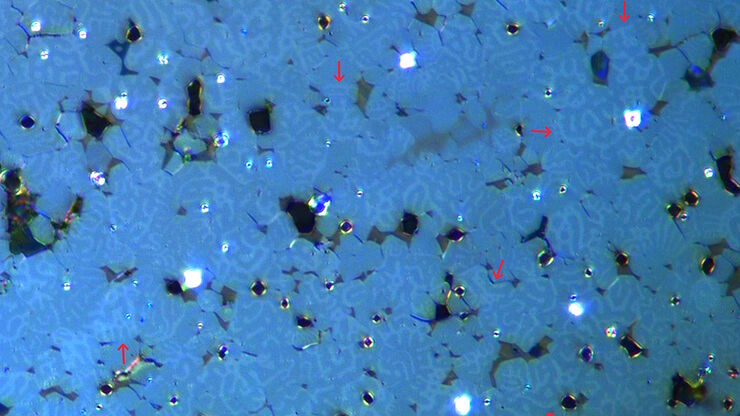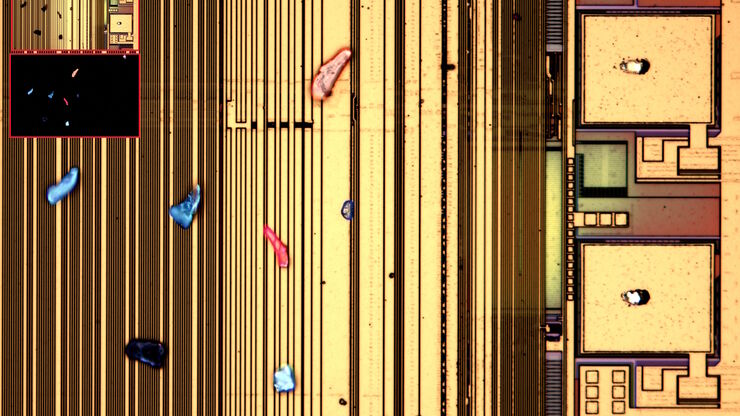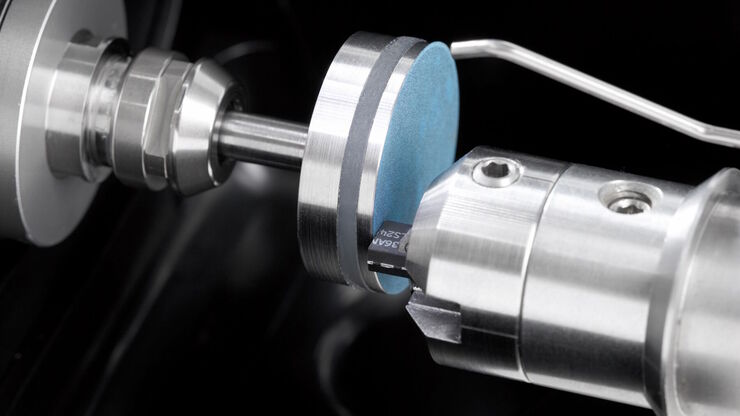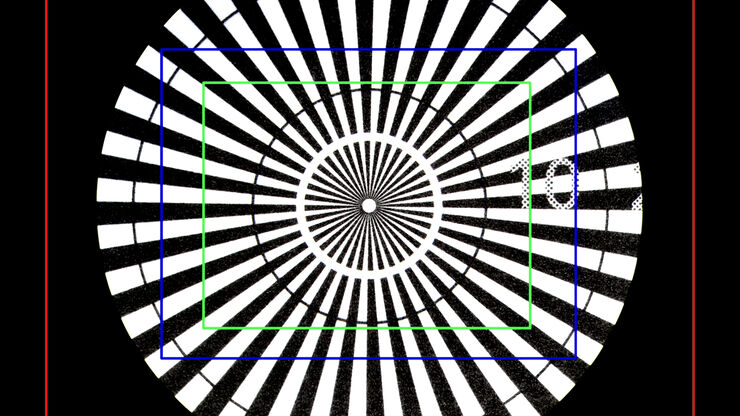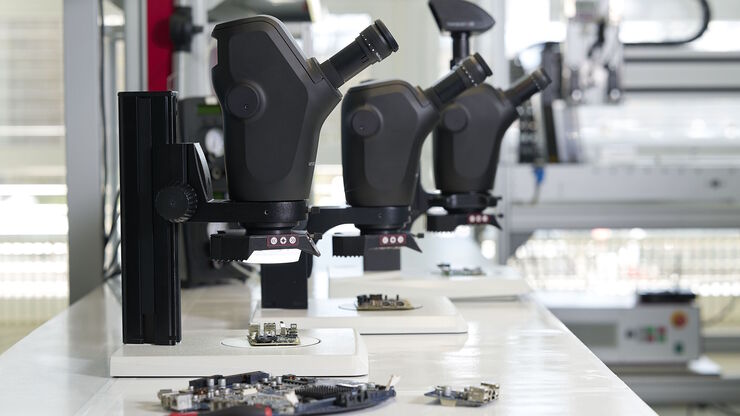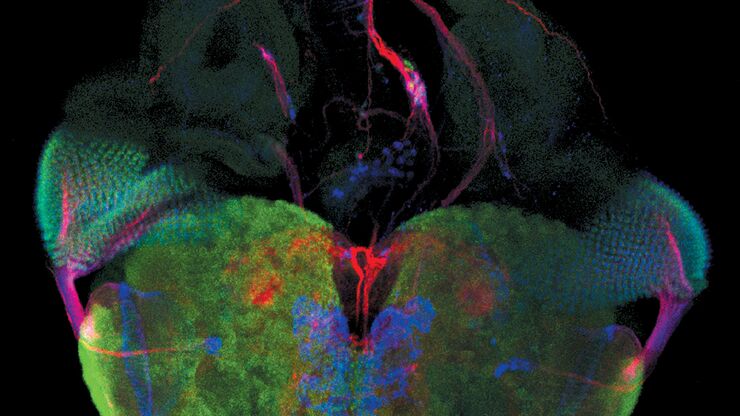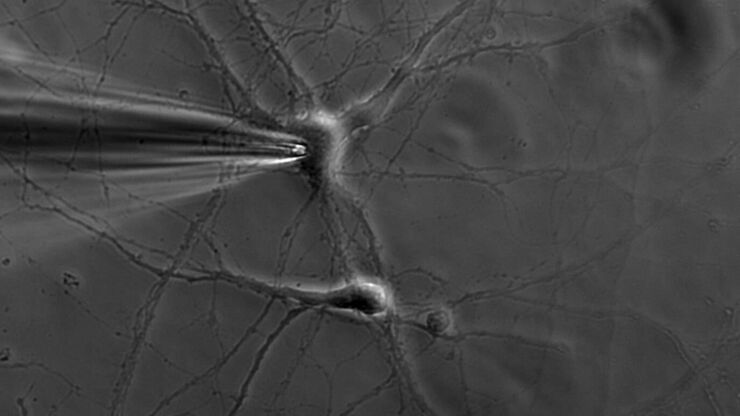James DeRose , Ph.D.

James DeRose is a Global Marketing Communication Manager at Leica Microsystems. His focus is on optimized content creation for applications concerning life science, material science, as well as industry and manufacturing. He is involved with application notes, case studies, technical reports, white papers, application pages, product pages, social media posts, emails, testimonials, and other materials. He has worked at Leica Microsystems since 2013. In the past, he worked on applications development projects in the fields of interfacial chemistry and physics, thermal and chemical engineering, corrosion and metallography, surface coatings, materials science, biotechnology, and cellular biology. He has expertise with various types of microscopy and analytical methods.
